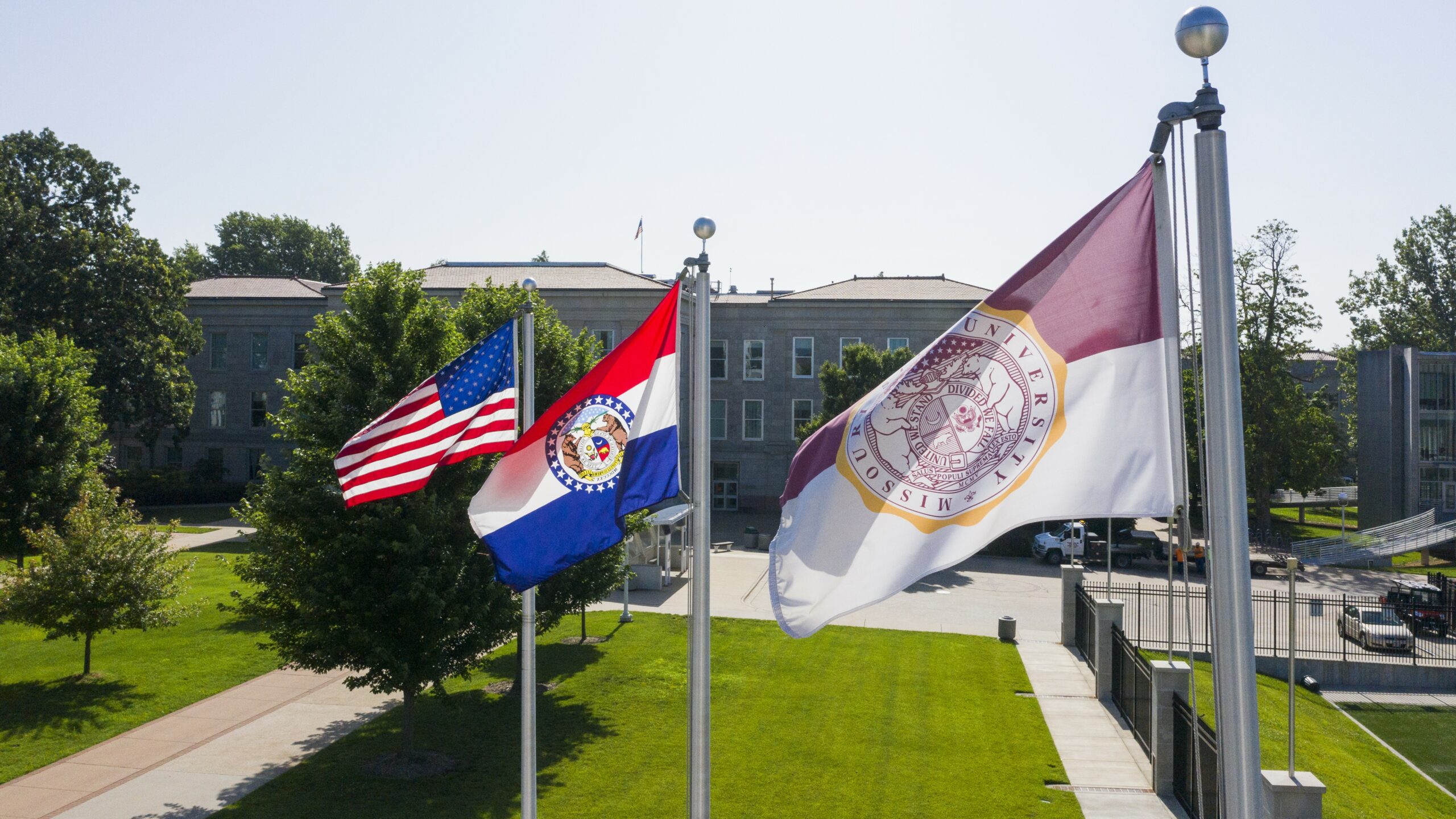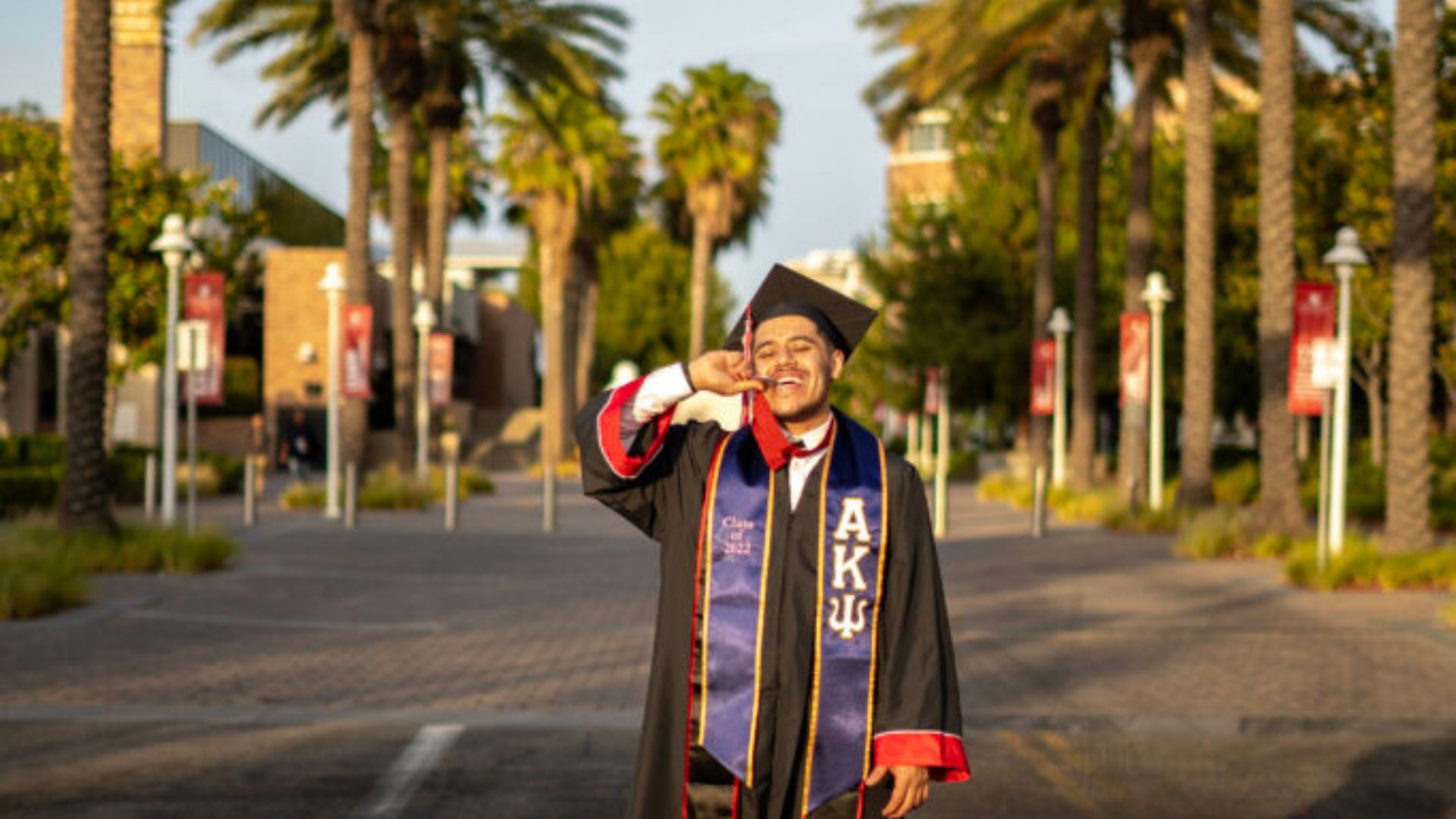
JPMorgan Chase’s decision to end on-campus recruiting has sounded alarm bells in higher education. But not for the reasons you may think. The bank joins a slate of employers — from IBM to Apple — that are loosening degree requirements for certain jobs. A growing number of UK firms have eliminated degree requirements altogether.
But while the headlines tend to place blame for employers’ flagging degree enthusiasm on the delta between the skills higher education teaches and the demands of the modern labor market, the culprit may be a gap in communications more so than credentials.

In fact, a growing body of research suggests that some of the most in-demand skills are, in fact, tightly coupled with the competencies that undergird the degree. A recent Emsi analysis suggests that the “human skills” honed through liberal arts coursework are among the most valued by employers.
Skills like critical thinking and problem-solving are, after all, virtually immune to automation. And the college degree remains among our most powerful levers for social and economic mobility.
The college-employer communications gap
Lurking behind the blame and skepticism is the reality that colleges often struggle to communicate what their graduates know and can do to employers. In a world where hiring managers turn to digital credentials and platforms like LinkedIn in their search for talent, most colleges still provide students with analog tools to translate educational experiences into workplace skills.
The college-employer communications gap is, in part, to blame for the fact that while 88 percent of freshmen say they’re going to college primarily to get a job, just 27 percent of graduating seniors in the last decade report receiving “good” job offers prior to graduation. What’s worse, an estimated 43 percent of graduates start their careers in jobs that don’t even require a college credential.
Perhaps with good reason: although 60 percent of recent college graduates believe they are ready to enter the workforce, less than a quarter of employers agree. And in a survey conducted by Strada Education Network and Gallup, just one-quarter of working Americans with college experience said they strongly believe that the education they received was relevant to their work and daily life.
The challenge
At the core of the challenge is the fact that career services have long existed at the periphery of institutional design. Because, despite such stark data, few institutions actually focus their attention on the handoff between education and employment. Rather than being core to an institution’s mission, career services is treated like a box to be checked as students head out the door to graduation.
Most students rarely engage with career services and those that do often report that the services are not very helpful. It is a design flaw that sets students — and colleges — up for failure.
Against that backdrop, simply redesigning and improving career services is insufficient. Solving higher education’s employer interoperability problem requires a shift in thinking. Rather than treating it as an afterthought, career services and career readiness should form the spine of a modern college campus.
Bridging the gap between college and the workforce will require reimagining the role career services plays within the context of a broader campus-wide approach to career readiness.
Strategies for a successful college-to-career transition
Savvy institutions like the University of Central Florida are demonstrating the potential of viewing employer relationships as strategic, rather than simply transactional. Rather than relegate employers to job fairs and recruiting events, they’ve launched innovative College Work Experience Programs, which enable students to gain the sort of hands-on work experience that can equip them for success on the job.
They’re tapping employers as partners in the design (and financing) of next-generation learning environments, as well as partnering with companies to offer no-cost higher education to employees. Perhaps most importantly, they’re nurturing employer relationships among academic units and programs that shape teaching and curricula to ensure that faculty on the frontlines are equipped to understand and adapt to the evolving demands of the future of work.
Next steps
Institutions can no longer allow career services to exist in oft-forgotten siloes on campus. To better prepare students for life after graduation — and help restore public confidence in the value of higher education — colleges and universities must reimagine the role and relevance of career services on campus and in the workforce.
The good news is that promising strategies and prototypes already exist, as does a growing body of research into their efficacy. Emerging technologies, from digital badges to virtual internships are helping institutions to bridge the gap. And, as it turns out, institutions may find that career services professionals have lots of great ideas about how to do this work, and have been patiently waiting for a chance to help ensure that fewer students miss their career connection.
Carol D’Amico is executive vice president of Strada Education Network, a national social impact organization focused on strengthening America’s pathways between education and employment.
Bridget Burns is the executive director of the University Innovation Alliance, a national consortium of eleven large public research universities collaborating to improve outcomes for students across the socioeconomic spectrum through innovation, scale and diffusion of best practices.











